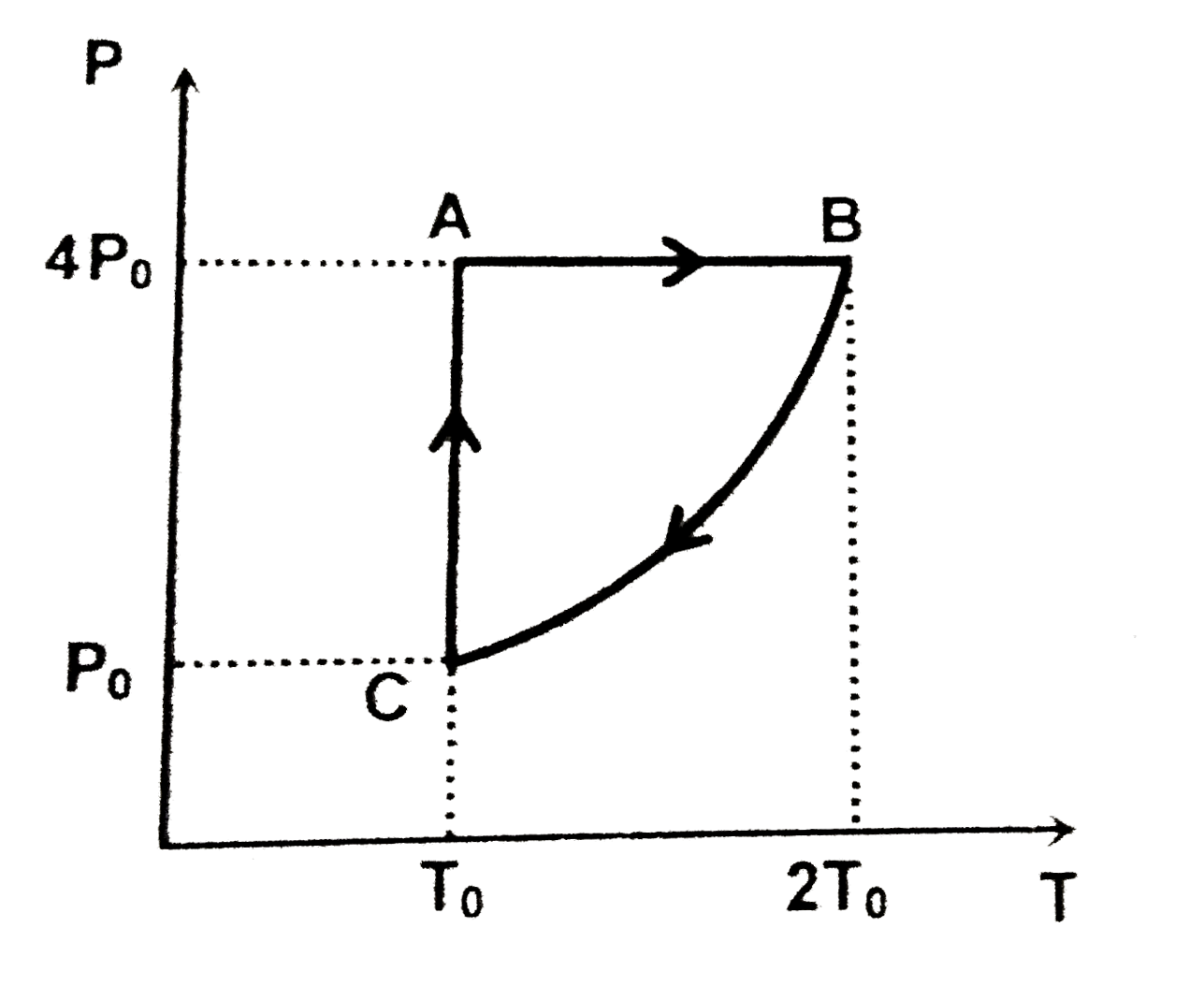A copper rod of cross sectional area A carries a uniform current I through it. At temperature T if the volume charge density of the rod is ρ how long will the charges take to travel a distance d?
ρdAI
ρdAIT
2ρdAIT
2ρdAI
To solve the problem, we need to determine how long it takes for charges to travel a distance d in a copper rod carrying a uniform current I. We will use the relationship between current, charge, and charge density to derive the solution step by step.
1. Understanding Volume Charge Density:
The volume charge density ρ is defined as the charge per unit volume. Mathematically, it can be expressed as:
ρ=QV
where Q is the total charge and V is the volume of the rod.
2. Calculating the Volume of the Rod:
The volume V of the copper rod can be calculated using its cross-sectional area A and the distance d it travels:
V=A⋅d
3. Expressing Charge in Terms of Charge Density:
From the definition of volume charge density, we can express the total charge Q in the rod as:
Q=ρ⋅V=ρ⋅(A⋅d)
Therefore, we have:
Q=ρAd
4. Relating Current to Charge:
Current I is defined as the rate of flow of charge. This can be expressed as:
I=Qt
where t is the time taken for the charge to travel the distance d.
5. Rearranging to Find Time:
We can rearrange the equation for current to solve for time t:
t=QI
6. Substituting for Charge:
Now, substituting the expression for Q that we derived earlier:
t=ρAdI
Final Result:
Thus, the time taken for the charges to travel a distance d in the copper rod is given by:
t=ρAdI
The volume charge density ρ is defined as the charge per unit volume. Mathematically, it can be expressed as:
ρ=QV
where Q is the total charge and V is the volume of the rod.
The volume V of the copper rod can be calculated using its cross-sectional area A and the distance d it travels:
V=A⋅d
From the definition of volume charge density, we can express the total charge Q in the rod as:
Q=ρ⋅V=ρ⋅(A⋅d)
Therefore, we have:
Q=ρAd
Current I is defined as the rate of flow of charge. This can be expressed as:
I=Qt
where t is the time taken for the charge to travel the distance d.
We can rearrange the equation for current to solve for time t:
t=QI
Now, substituting the expression for Q that we derived earlier:
t=ρAdI
Thus, the time taken for the charges to travel a distance d in the copper rod is given by:
t=ρAdI
Topper's Solved these Questions
Similar Questions
Find the velocity of charge leading to 1A current which flows in a copper conductor of cross section 1cm2 and length 10km. Free electron density of copper is 8.5X1028/m3. How long will it take the electric charge to travel from one end of the conductor to the other?
View SolutionA metal rod of length 'L' and cross-sectional area 'A' is heated through 'T'∘C What is the force required to prevent the expansion of the rod lengthwise ?
View SolutionA uniform copper wire of length 1m and cross section area 5×10−7m2 carries a current of 1A. Assuming that are 8×1028 free electron per m3 in copper, how long will an electron take to drift from one end of the wire an electron the other. Charge on an electron =1.6×10−19C
View SolutionA straight conductor of uniform cross section carries a time varying current, which varies at the rate dI//dt = I. If s is the specific charge that is carried by each charge carries of the conductor and l is the length of the condcutor, then the totalt force experienced by all the charge carries per unit length of the conductor due to their drift velocities only is
View SolutionA conducting cylindrical rod of uniform cross-sectional area is kept between two large chambers which are at temperatures 100∘C and 0∘C, respectively. The cconductivety of the rod increases with x, where x is distance from 100∘C end. The temperature profile of the rod in steady -state will be as

View SolutionA copper conductor of area of cross- section 40 mm2 on a side carries a constant current of 32×10−6A. Then the current density is (in amp/m2)
View SolutionA long cylinder of uniform cross section and radius R is carrying a current i along its length and current density is uniform cross section and radius r in the cylinder parallel to its length. The axis of the cylinderical cavity is separated by a distance d from the axis of the cylinder. Find the magnetic field at the axis of cylinder.
View SolutionAn insulating solid sphere of the radius R is charged in a non - uniform manner such that the volume charge density ρ=Ar, where A is a positive constant and r is the distance from the centre. The potential difference between the centre and surface of the sphere is
View Solution
Two ends of a rod of uniform cross sectional area are kept at temperature 3T0 and T0 as shown. Thermal conductivity of rod varies as k=αT, (where α is a constant and T is absolute temperature). In steady state, the temperature of the middle section of the rod is
View SolutionA rod of length l and cross sectional area A has a variable conductivity given by K=αT, where α is a positive constant T is temperatures in Kelvin. Two ends of the rod are maintained at temperatures T1 and T2(T1>T2). Heat current flowing through the rod will be
View Solution
